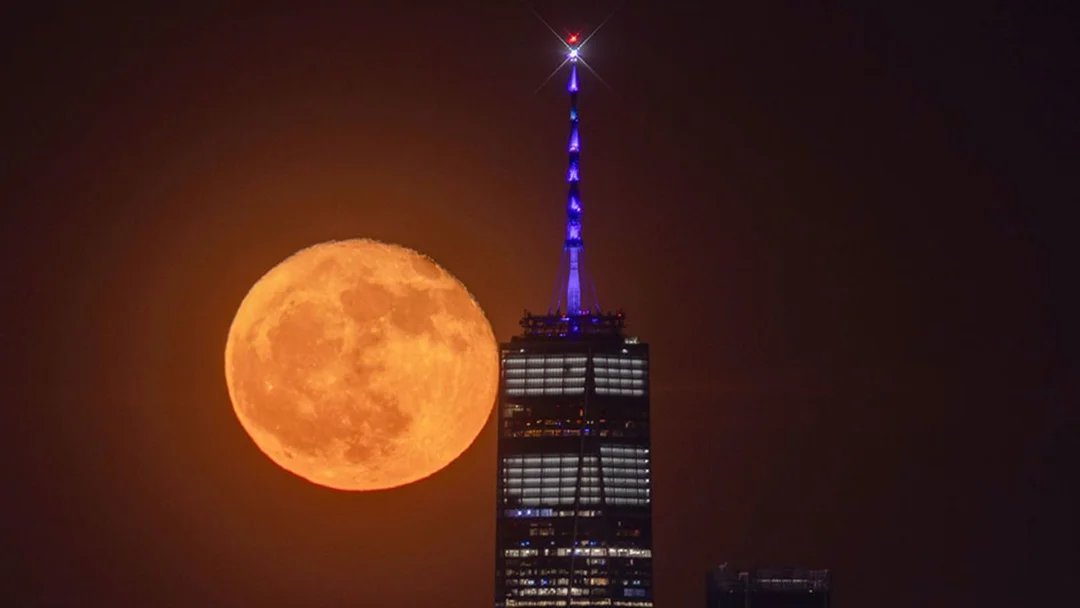
May’s Flower Moon: A Celestial Treat, But With a Twist! Is It a Micromoon?
Get ready stargazers! May's full moon, traditionally known as the Flower Moon, is gracing our skies. But this year, it's arriving with a slightly different appearance. So, what's the buzz about this celestial event, and why is it being called a 'micromoon'?
The Flower Moon gets its name from the abundant blooms of spring in North America, a nod to the blossoming flora. Indigenous tribes also have unique names for it, such as the Mulberry Moon (Creek and Choctaw) and the Frog Moon (Cree), reflecting the nuances of the season across different cultures.

However, this year's Flower Moon coincides with the moon's apogee, its farthest point from Earth in its orbit. This creates a micromoon, approximately 6% to 7% smaller and about 30% dimmer than a typical full moon. While this might disappoint some, it offers a unique opportunity to appreciate the subtle differences in our lunar companion's appearance.
According to the Almanac, the full moon will reach peak illumination at 12:56 p.m. on May 12, 2025, But it will still appear bright and full on Sunday (May 11) and Tuesday (May 13). Although the exact moment of the full moon might have passed, skywatchers can still enjoy the spectacle for a few nights. Experts suggest finding a location with unobstructed views of the horizon for the best experience.
Francine Jackson, staff astronomer at the Ladd Observatory at Brown University, explains the “moon illusion,” where the moon appears larger near the horizon due to how our brains perceive its size relative to earthly objects.
And if you happen to miss this Flower Moon, don't fret! There are plenty more lunar events to look forward to. Mark your calendars for the Strawberry Moon on June 11, 2025 and keep an eye out for supermoons later in the year, promising even brighter and more impressive displays.

In addition to full moons, 2025 will feature a total lunar eclipse on September 7-8 and a partial solar eclipse on September 21. While the solar eclipse will be visible in remote areas, the lunar eclipse promises a spectacular show across Europe, Africa, Asia, Australia, and parts of the Americas.
So, will the micromoon dampen your enthusiasm? We want to hear your thoughts! Share your observations and opinions in the comments below. Will you be watching?
Related issues news
What is a flower moon?
The May full moon is known as the flower moon because it aligns with the blooming of many flowers during this time of year. The flower moon, also called the budding and seed moon, represents different aspects of nature and seasonal spring-related activities.
What is May's full moon called?
The 'Flower Moon' nickname is because of the flowers sprouting across North America this month, according to The Old Farmer's Almanac. May's full moon goes by several other names connected to the season, including Budding Moon, Leaf Budding Moon and Planting Moon.
What time is the Scorpio full moon?
The full moon in Scorpio rises on May 12 at 12:56 PM ET and will appear full for three days.
When is the flower full moon?
The Flower Moon, May's full moon, reaches peak illumination at 12:56 p.m. on May 12, 2025, and will be full Monday night.